My friend Dale Loberger not long ago gave a small seminar on how to find old roads -- I remember thinking he was talking about the Roadness of roads. That is, a road is a fairly simple thing: it starts someplace travelers are, and it leads someplace travelers wish to be. Whether those travelers are animals, native Americans, colonists, carts, railroad trains, or automobiles -- or, as in many cases, each of those in succession -- a road is a connector. Perhaps not the shortest but the best way between two points.
Look at an old map, Loberger told us, and the drawings of roads worried less about exact representations of twists and turns than on connections: from the Indian town to the good place to ford the river; from the trading post to the harbor; from the town to the good pass through the mountain. A road in some way invented itself. It partook, Platonists might say, of Roadness.
I've been walking along a sand road that has probably been trodden by human feet for a thousand years of more. It follows a route that was an Indian path during the Mississippian period, stretching all the way to the Santee Mound we visited during our last trek. The Indians walked it. Lawson and his group walked it. Colonials walked it. "There aren't too many roads in American that are a thousand years old," my friend and fellow Lawsonian Val Green says. "But this one is." (More on Val soon, by the way.) (And by the way, calling Val a "fellow Lawsonian" is a bit like calling LeBron James a fellow basketball player; Val is the king of the hill, by an order of magnitude.)
Anyhow. I spoke to Val as I planned this segment, which follows the swamp on the northeastern edge of the Wateree River, which joins the Congaree to form the Santee, on which the Trek has spent so much time. These rivers are named for the native tribes who lived along them, and Lawson describes them all, visiting their towns as he moves along.
But the path he describes would have lain, naturally, on the far edge of the swamp -- the path that could have been depended on to be dry most times, regardless of the state of the river or swamp. Last segment we visited the Santee Indian Mound, considered the easternmost edge of the Mississippian Indian culture. Since then, more or less, we've been following a trail along the Santee and Wateree that would have connected all the tribes along the waterway.
It's been mostly asphalt before, but this time I've been on dirt roads -- more correctly sand roads, since as we've exited the coastal plain we've entered sand hills, the result of the floor of an ancient sea near its shore.
Anyhow, I've walked these sandy miles, and every step has radiated roadness. A stand of holly -- a ton of holly in these hills -- to the left, commonly a pine farm to the other side. Dips down to creeks, rises to plateaus, and occasionally a home site or church, a graveyard, a stand of deciduous trees showing that once upon a time a home stood nearby. It's a lovely kind of walking that makes you feel that you simply are where you ought to be. To be sure, Route 261, the state asphalt two-lane that generally follows the same path only more smoothly and faster, is a half-mile to the west. But this sand road, skirting the edge of the swamp, exudes a kind of patient assuredness that its adolescent asphalt cousin cannot duplicate.
Lawson describes this path, mentioning camping "by a small swift Run of Water, which was pav'd at the Bottom with a Sort of Stone much like to Tripoli," a kind of silica schist often called rottenstone or fuller's earth. I passed while walking this segment at the Tavern Creek, whose banks are covered with just that, and it flows just as swiftly as ever. More important, when Lawson and his friends told their Indian guide, Santee Jack, that they'd like to hang around the creek another day, he assured them they'd be happier half a day further.
""We mov'd forwards, and about twelve a Clock came to the most amazing Prospect I had seen since I had been in Carolina; we travell'd by a Swamp-side, which Swamp I believe to be no less than twenty Miles over, the other Side being as far as I could well discern, there appearing great Ridges of Mountains, bearing from us. W.N.W."
If you go to Poinsett State Park (and I think you should), there is an Overlook Shelter, a little gazebo atop the park's high point. and from it, looking west and northwest, you have a view over the swamps that is, truly, the first great prospect you'll find as you travel into the Carolina midlands. Val Green (him again!) met me here, and he pointed out that if you look carelessly you easily see the ridge of pines on the far edge of the Wateree Swamp, which is several miles distant. But if you look very carefully -- I brought binoculars against just such a possibility and was glad of it -- you can see, in distant, faded blue, the line of hills on the far side of the Congaree swamp, a good twenty miles distant.
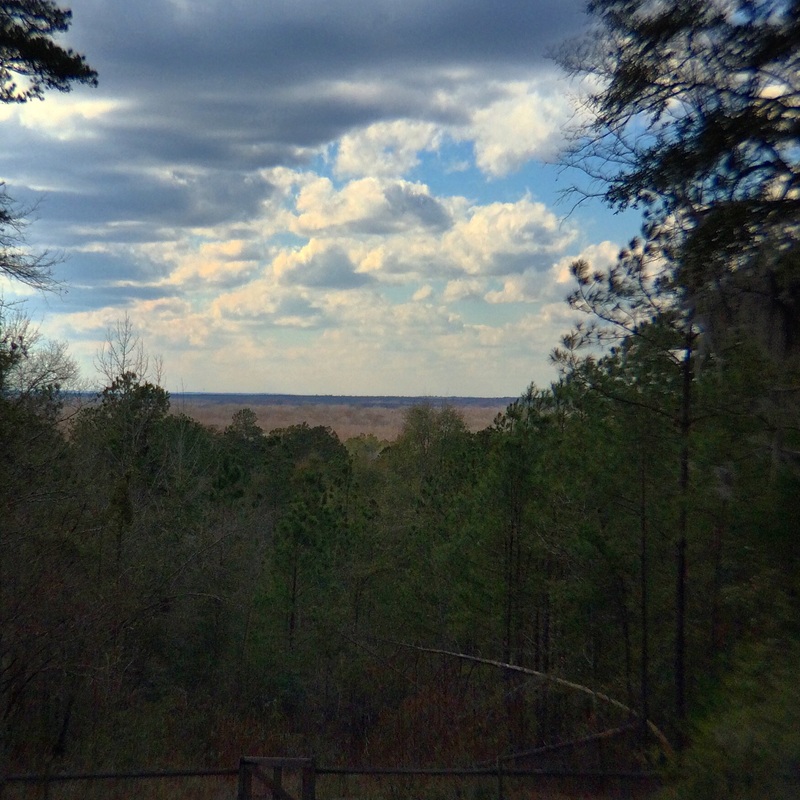
I spent a few days on the road -- a REAL road.
I recommend it.


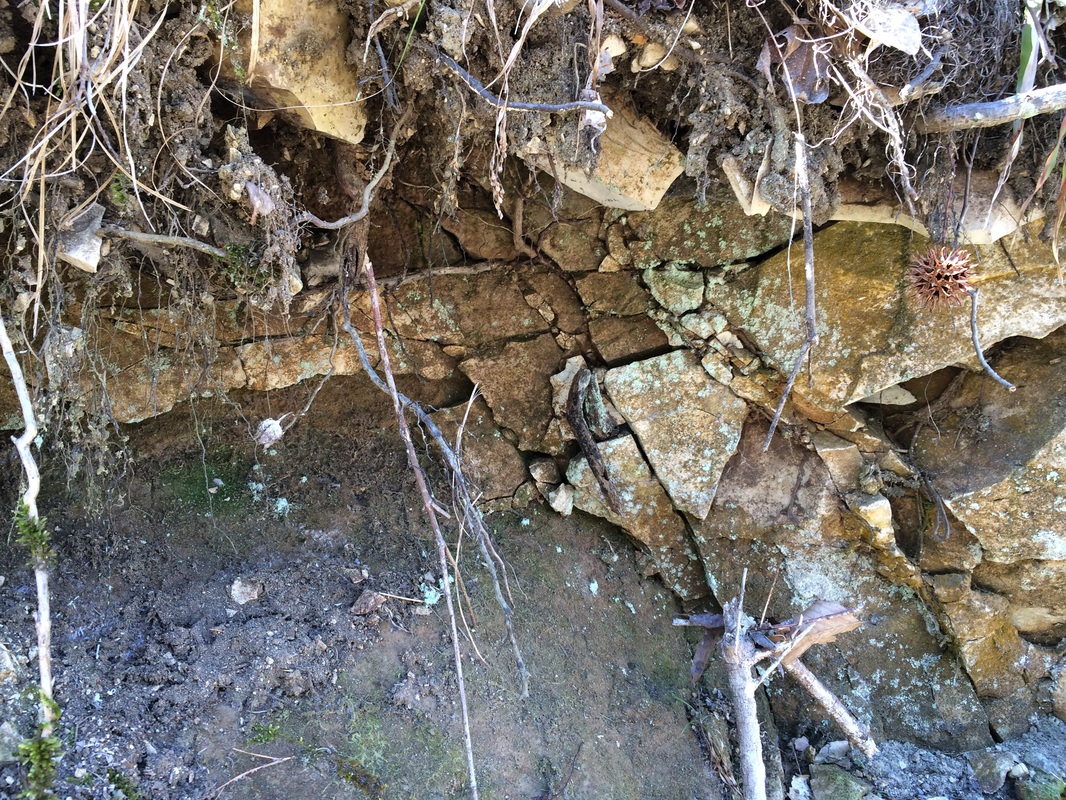
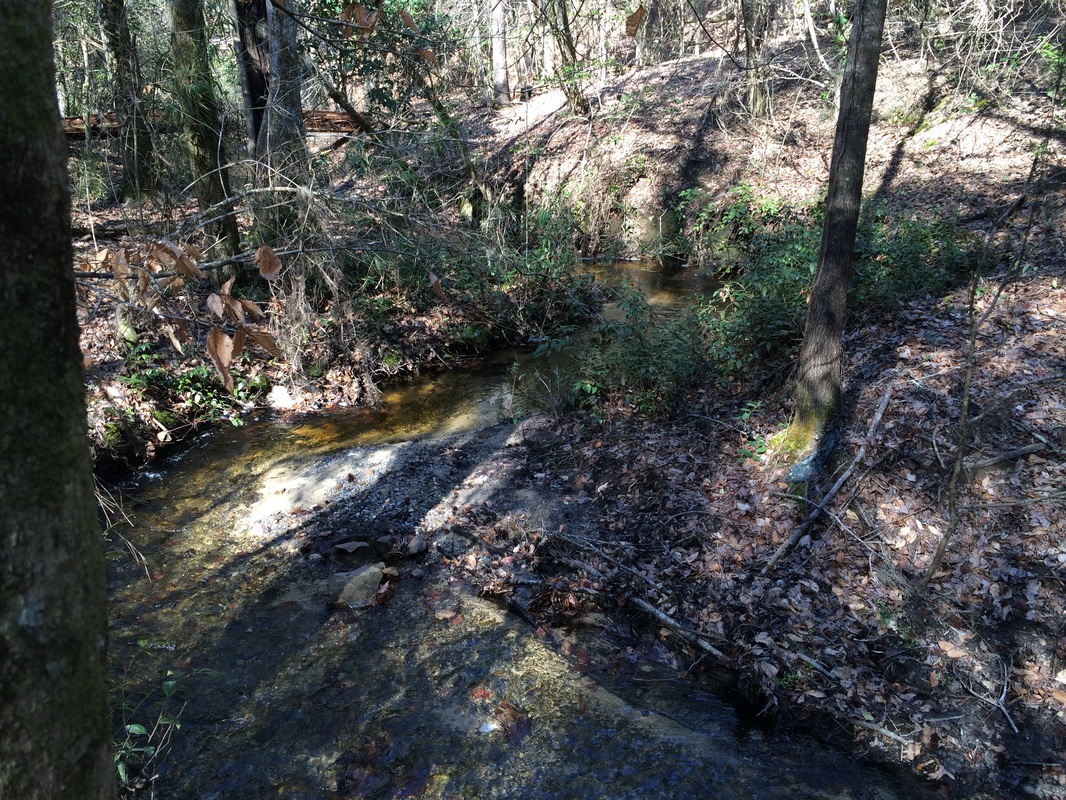
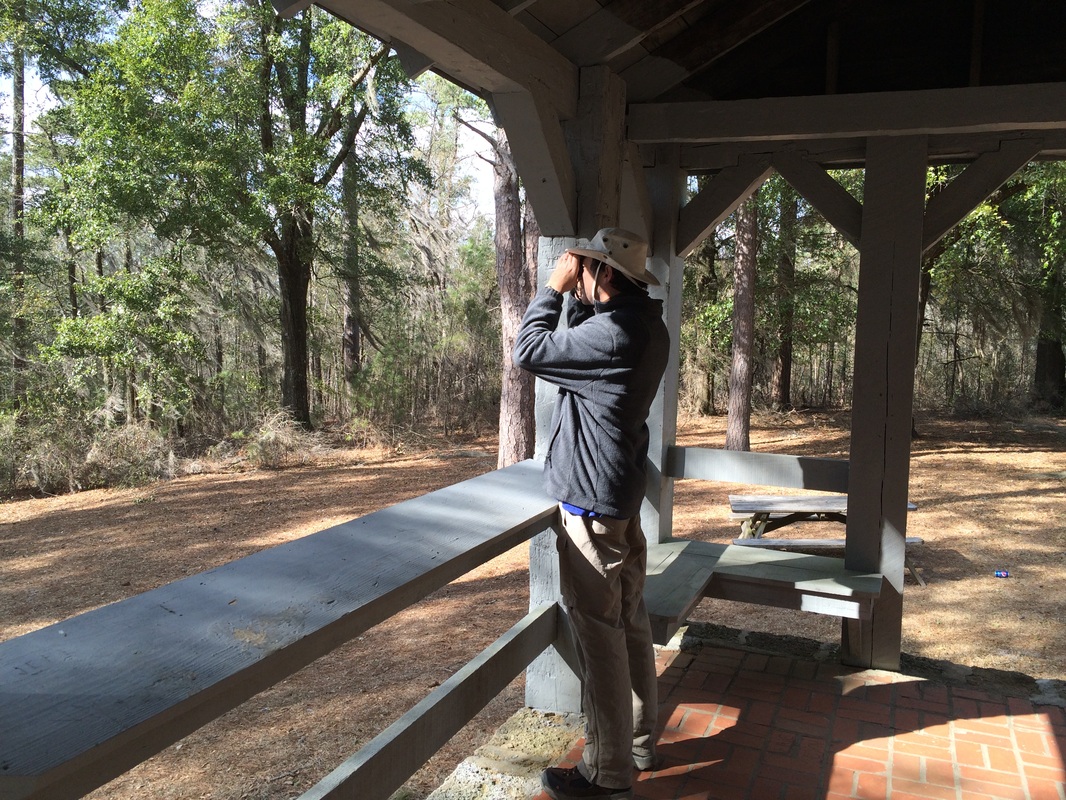
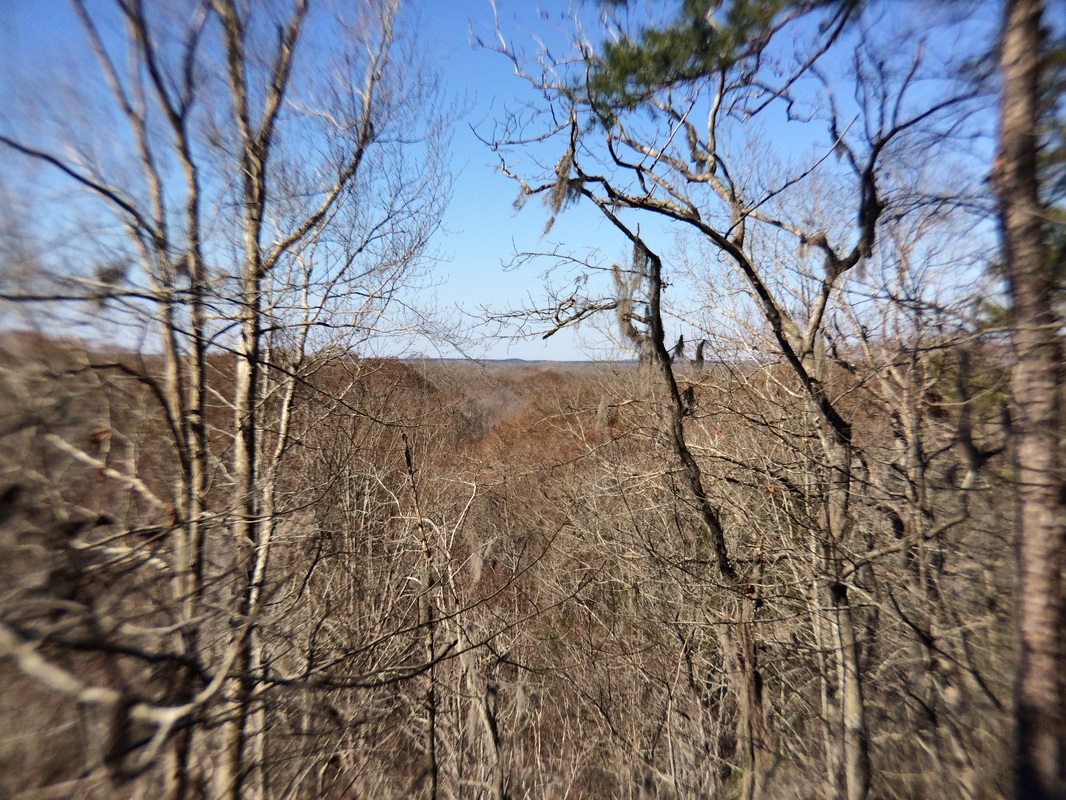
 RSS Feed
RSS Feed